One of the books that has impacted how we ducks think about marketing is the book “Made to Stick” by Chip and Dan Heath. The authors explore what makes stories or ideas memorable so that they are sticky (the term stickiness is borrowed from the work of Malcolm Gladwell in the book “The Tipping Point”). The concept of stickiness is pretty simple. Sometimes we remember things and other times we forget. Sometimes they aren’t even true, like the legend of razor blades in Halloween candy or the classic story of the Vegas Kidney Heist. The authors look to break down the concepts and find out what are the ingredients to being memorable. They break down the components of stickiness into the acronym SUCCESS.
Simplicity
Simplicity is simply keeping things simple. The goal of simplicity is create ideas that are both brief and profound. Most anyone can be brief. Coming up with a compact phrase that gets to the core is much more challenging than most people can handle. In order for the basic principles to last, there needs to be some gravitas to them in order for the concept to be sticky.
Unexpectedness
Surprise isn’t the same thing as unexpectedness. Surprise grabs people’s attention but it doesn’t last. For ideas to last, both interest and curiosity must be generated. In sticky concepts, the element of surprise should violate the expectations of how things should work in some core way. Once the expectation is broken, the uncommon-sense piece of the message is rebuilt and stickiness is created.
Concreteness
Sticky ideas should be explained in terms of human actions that are solid and understandable. When dealing with abstract concepts, the mind often associates with similar experiences or ideas from the past. The danger of association is that people might misunderstand what’s being communicated. Thus, ideas can become sticky through the process of framing concepts in understandable ways.
Credibility
Sticky ideas should carry their own believability with them. Family, friends, faith, and personal experience are all powerful forces that people rely on for believability. Celebrities and aspirational figures are another group of authorities who can bring credibility. Most of the time, messages have to be credible on their own. In storytelling, the amount and clarity of details impacts the believability. Using vivid details can do more to add credibility than a bunch of stats. While statistics can add credibility, they are rarely meaningful on their own. If stats are used, the relationship of the numbers must be communicated in a meaningful way for them to be sticky.
Emotional
Feelings inspire people and create stickiness. The basic emotions like fear, anger, and empathy can be used when the topics have that human element. When they don’t, associate them with things people already care about to create stickiness. Emphasizing benefits over the features is a key way to appeal to people’s self-interest. Often, people need to be told, “what’s in it for me” in order for their to be stickiness.
Stories
Both knowledge and inspiration can be communicated through stories. It can be tricky to use stories to communicate. A poorly delivered or too abstract of a story can lose an audience. Typically, the challenge to effective story telling is keeping things simple while providing enough detail to build credibility while avoiding too much detail that looses the audience. Great storytelling can be very sticky when it’s done well.
In the book, the basic elements of being memorable and re-memorable are provided. All the ingredients are provided. It’s not as easy as combining all the elements and baking at 350 degrees for 30-35 minutes and BING! While it is helpful to know what it takes to be sticky, it takes skill to apply these principles.
As a marketing firm, one of the biggest challenges for us is to create memorable campaigns that connect with people. The biggest danger to trying to be remarkable is being gimmicky which produces the other kind of memorable. We try to avoid that kind of memorable. The line between being memorable in a good way and a bad way is pretty thin. We have to keep that in mind as we remember these principles of stickiness and create campaigns, brands, and products that connect with the audience. Just like the line between whacky and tacky is thin. So is memorable and gimmicky.
Overall, the book is helpful, an easy read, and very interesting. Four out of five ducks.








